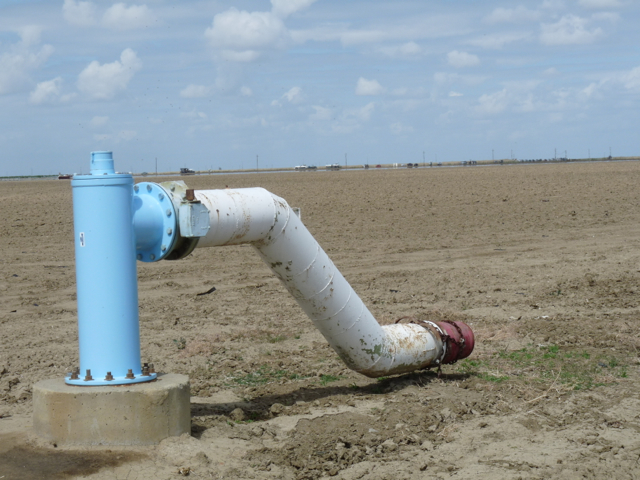Mario Santoyo On Allocating Enviromental Water to Cities and Farms
All Sectors Of California Have Had to Reduce Water Usage, Except the Environment
By Kyle Buchoff, Correspondent
Mario Santoyo is the Assistant General Manager of the Friant Water Authority as well the Executive Director of the Latino Water Coalition. He suggests the environment give up some of its water, like the other sectors in California, to free up supply for cities and farms that are suffering this year.
He told California Ag Today, “This is the fourth year of a serious drought and the second year of what I call ‘double zeros,’ meaning zero water allocation on the West Side and zero allocation on the East Side of the Central San Joaquin Valley. Historically, a year of double zeros has never happened, much less a second year of it. This translates to the worst possible condtion for agriculture in the Central Valley—ever,” Santoyo said.
“At this point there is clearly nothing we can do relating to Mother Nature; she’s going to do what she’s going to do. But the fact is, it is not just Mother Nature causing this drought; human involvement in the operations and management of water has resulted in this level of crisis,” he said.
Santoyo emphasized that the environment must be considered in any water usage allotment, but “to the degree that there are no requirements to justify the level of the water that it needs, unlike municipal and agricultural allocations, that is not reasonable,” Santoyo noted.
“So as we move further down the drought road in terms of farmer hardship, we’ve tried to appeal to policymakers to rethink how environmental water is being used. We’ve talked to legislators in Washington D.C. and we are talking with the Governor Brown.”
“The governor has implemented a 25 percent water reduction for municipalities, and of course you cannot receive less than a zero water allocation for agriculture, so a similar cutback to environmental water use is warranted,” Santoyo said. “It is very reasonable, given the dire circumstances we all face, that everyone share in the pain. Reductions in environmental water could be reallocated to the communities and farms to ease at least some of the pain.”
Santoyo hopes that state and federal legislators will help to reallocate some of the water supply this summer.










